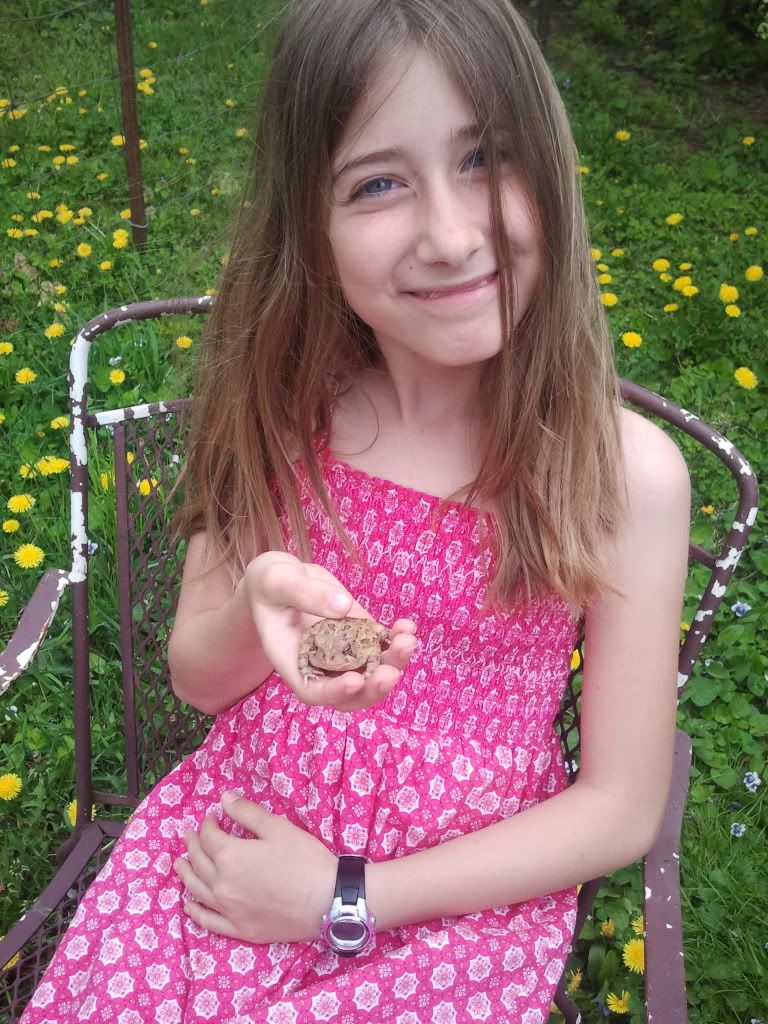Dean Fosdick - Associated Press - April 10, 2013
Looking for some help in the garden? Many of nature's most useful critters lie literally at our feet, underappreciated and ignored despite their ability to eliminate insects, condition soils and pollinate plants.
Turtles, moths, moles, dragonflies, snakes, toads and spiders are among the many wild things that can help maintain a landscape. The payback is minimal — food, water, shelter, and easing off on harsh lawn and garden chemicals.
"I believe in teamwork, using all the creatures that live in your garden," said Sharon Lovejoy, author of "Trowel and Error" (Workman Publishing, 2003). "Start from the ground up with night crawlers as part of your workforce."
Add to the earthworms already in your plant beds with commercially available red worms.Looking for some help in the garden? Many of nature's most useful critters lie literally at our feet, underappreciated and ignored despite their ability to eliminate insects, condition soils and pollinate plants.
Turtles, moths, moles, dragonflies, snakes, toads and spiders are among the many wild things that can help maintain a landscape. The payback is minimal — food, water, shelter, and easing off on harsh lawn and garden chemicals.
"I believe in teamwork, using all the creatures that live in your garden," said Sharon Lovejoy, author of "Trowel and Error" (Workman Publishing, 2003). "Start from the ground up with night crawlers as part of your workforce."
Add to the earthworms already in your plant beds with commercially available red worms.
"Build a worm bin or a place where they can't get out," Lovejoy said. "Use all of your leftovers — your kitchen compost. Worms can process up to 6 pounds of garbage in a week."
"Grow an assortment of native plants, which will draw a great many bird species," Lovejoy said. "Add plant hosts as food for butterfly and moth larvae."
That list would include milkweed (monarch butterflies), borage (green lacewings), sunflowers (ladybugs) and yarrow (hoverflies). Many insects in the larval stage are voracious predators. Green lacewings as juveniles are aptly named "aphid lions" because of their appetite for the sap-sucking pests.
 "I would certainly place spiders near the top of underappreciated life in the garden," said Whitney Cranshaw, an extension entomologist with Colorado State University. "Although sometimes I think it is less that they are not appreciated but rather people don't want to think of them."
"I would certainly place spiders near the top of underappreciated life in the garden," said Whitney Cranshaw, an extension entomologist with Colorado State University. "Although sometimes I think it is less that they are not appreciated but rather people don't want to think of them."Spiders are credited for as much as 80 percent of all predator control in the garden. Jumping spiders, wolf spiders, lynx spiders and crab spiders are the standouts, Cranshaw said.
Also great garden helpers are:
— Toads. "Harmful insects make up 62 percent of a toad's daily food supply," said Lovejoy, who stacks rocks and wood in secluded spots to shelter toads, frogs, turtles, salamanders and lizards.
— Dragonflies that can capture over 400 mosquitoes a day.
— Moles. "They eat their body weight in insects, slugs and grubs while aerating the soil," Lovejoy said.
— Sphinx wasps that can pollinate 200 flowers in less than seven minutes, Lovejoy said.
— Snakes. "Most snakes — about 99 percent of those found in gardens — are harmless helpers, and eat rodents and insect pests," Lovejoy said. Garter and gopher snakes top her "beneficial" list.
— Box turtles that feast on slugs, snails, insects, larvae and grubs. "They're slow but sure," Lovejoy said.
— Bats. These nocturnal aerialists pollinate flowers, spread seeds and devour upwards of 600 mosquitoes an hour.
Most predatory insects aren't selective, though, feeding on anything that comes within reach. "Praying mantises are generalists," said James Dill, a pest management specialist with University of Maine Extension. "So are many spiders. They're very efficient but don't discriminate in what they eat. They'd just as soon grab a honeybee if it happens by."
Maintain a healthy garden with ample spacing if you hope to attract beneficial insects, Dill said.
"Spacing allows you to observe things better if you're walking around, looking for trouble," he said. "It also reduces the odds for (plant) disease."
**************************************************
Online:
For more about good-natured gardeners, see this University of Maryland Extension fact sheet:
http://www.hgic.umd.edu/content/attractwildlife.cfm
You can contact Dean Fosdick at deanfosdick@netscape.net
.


No comments:
Post a Comment